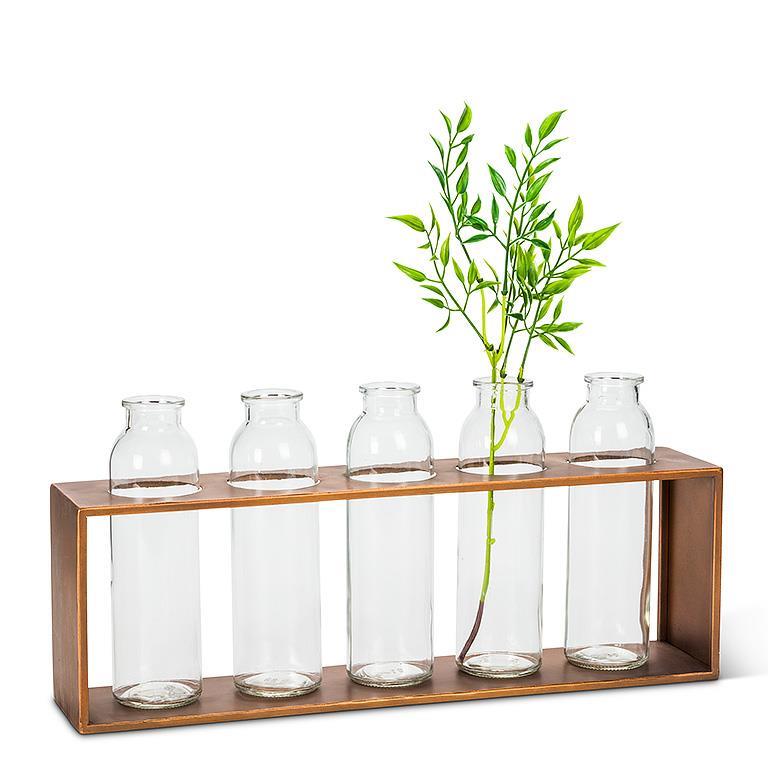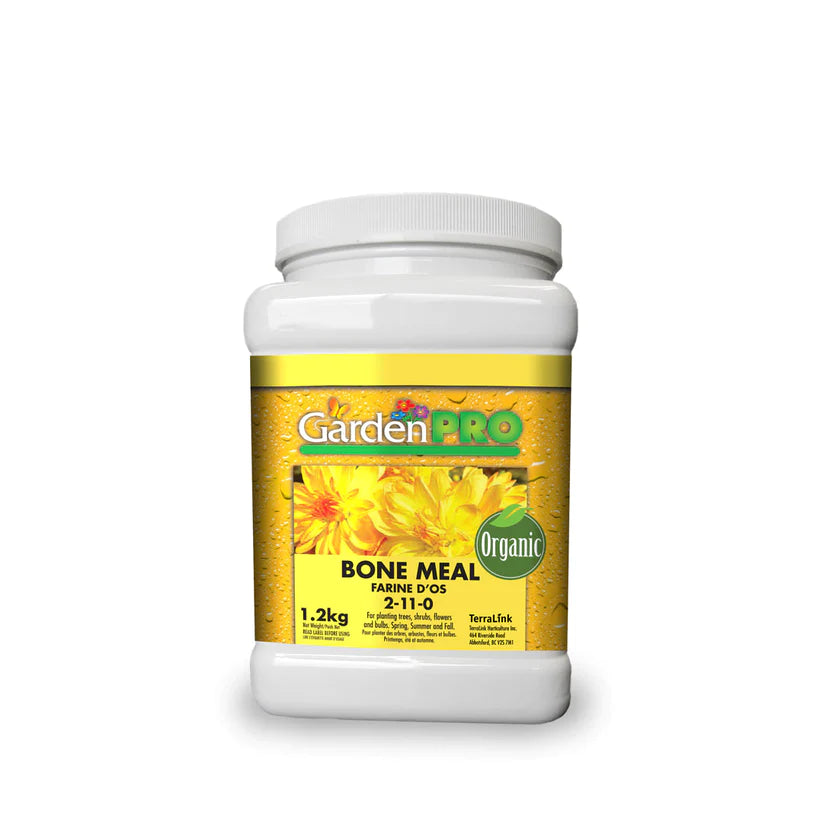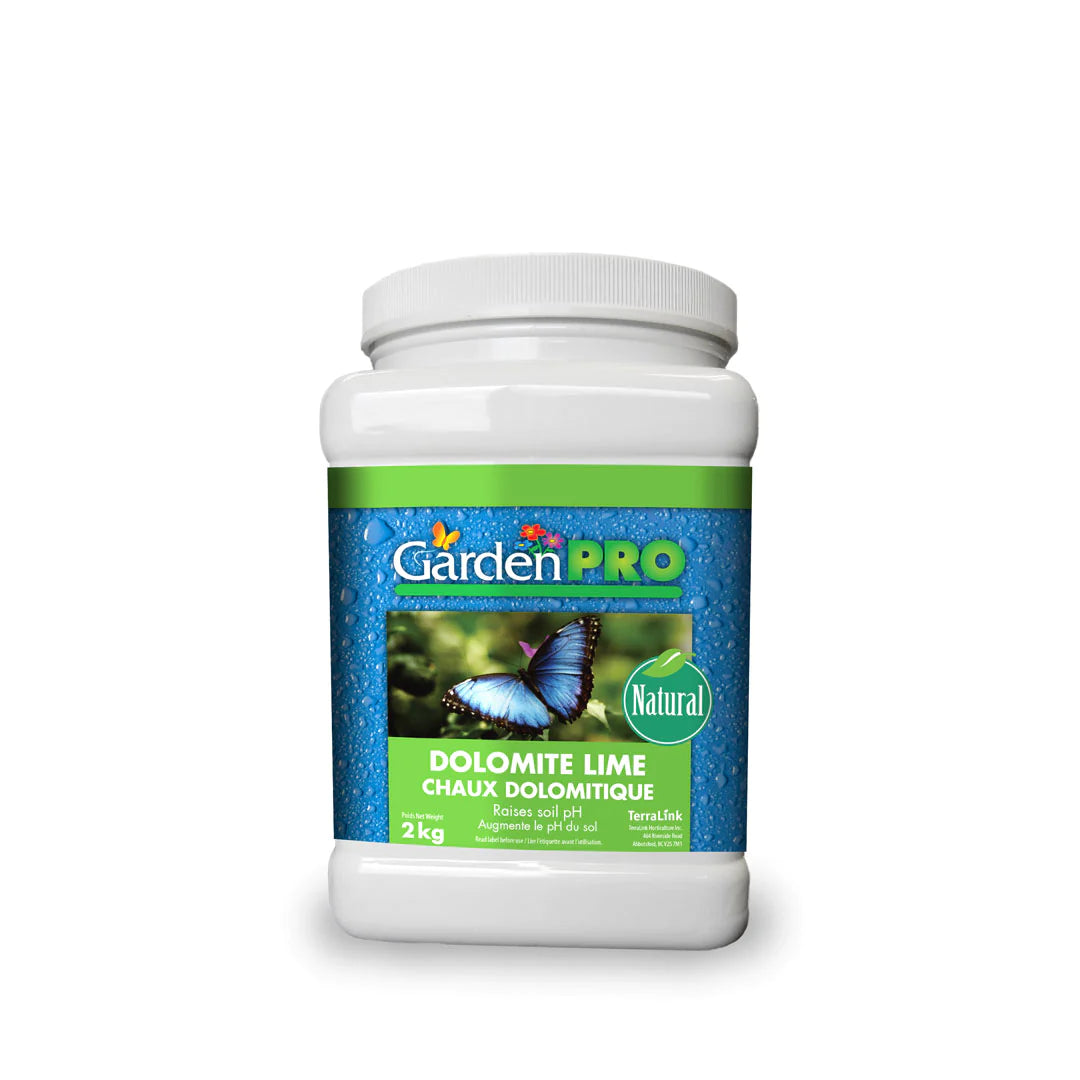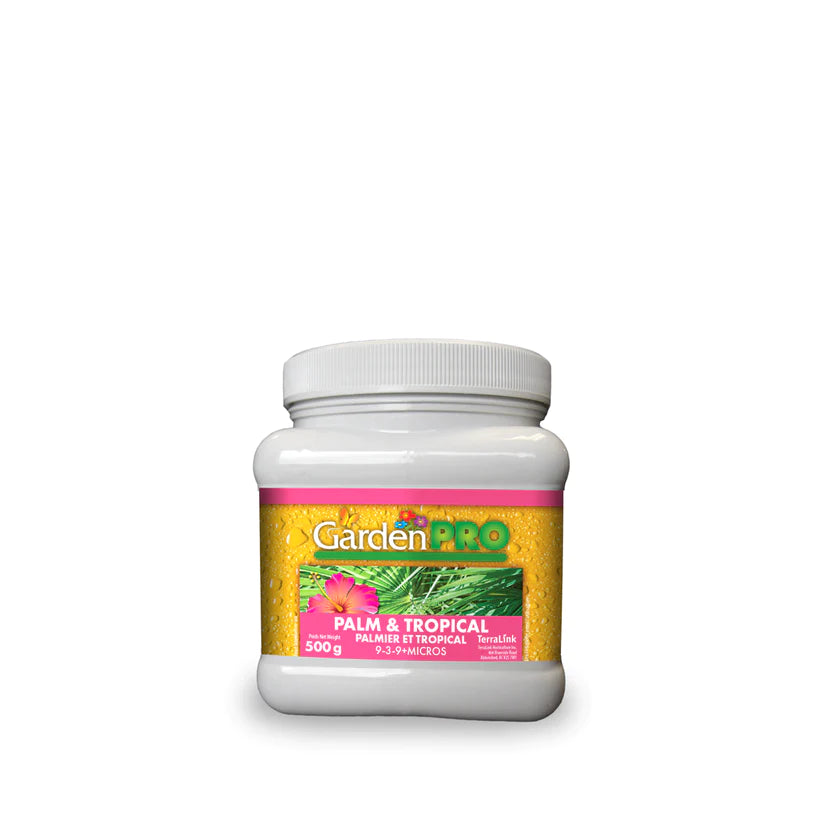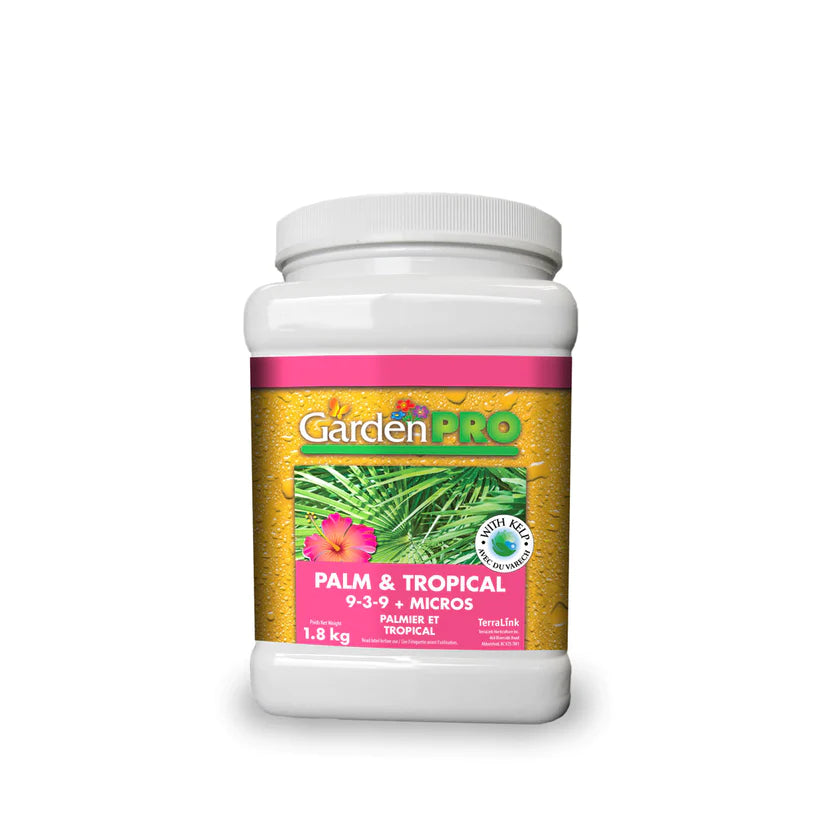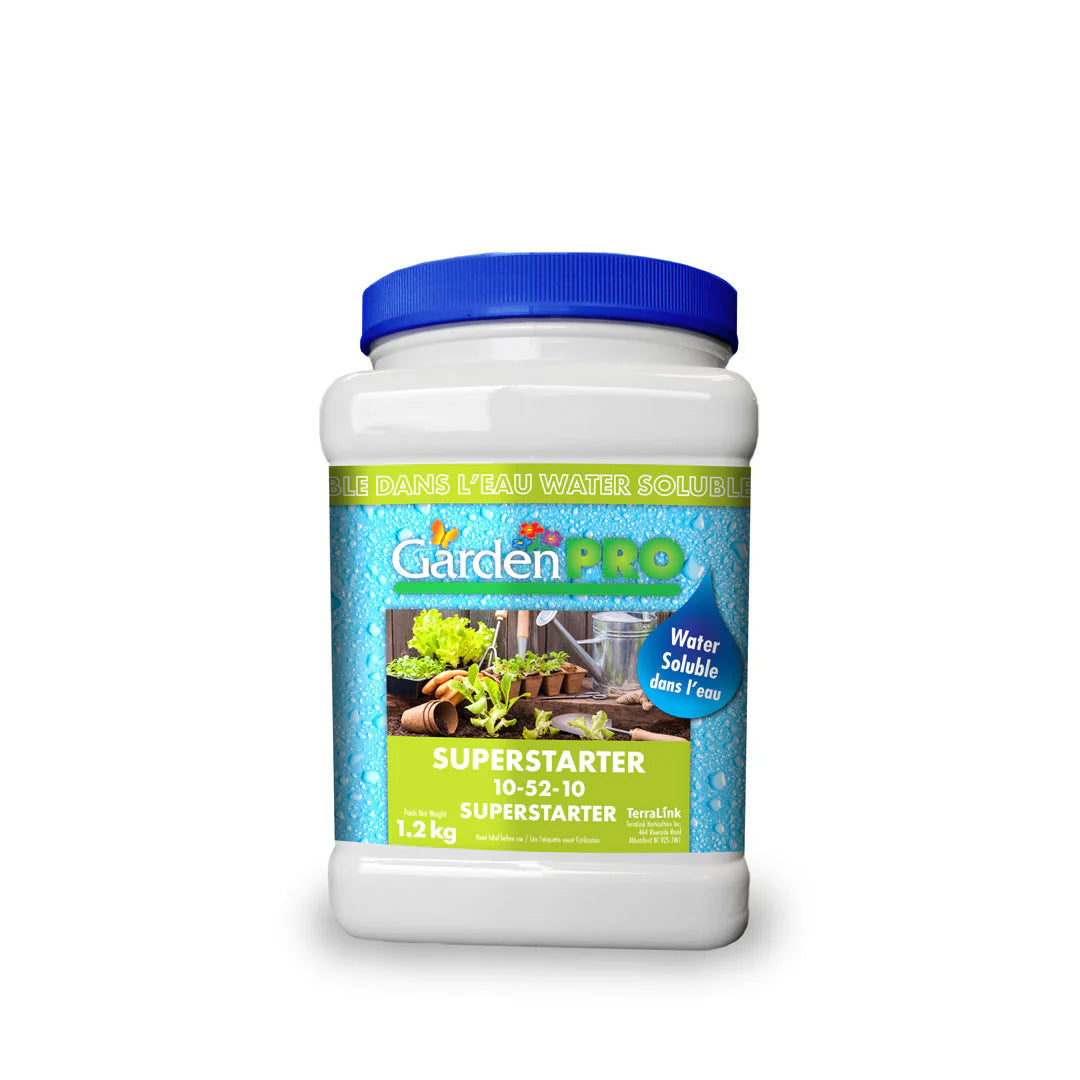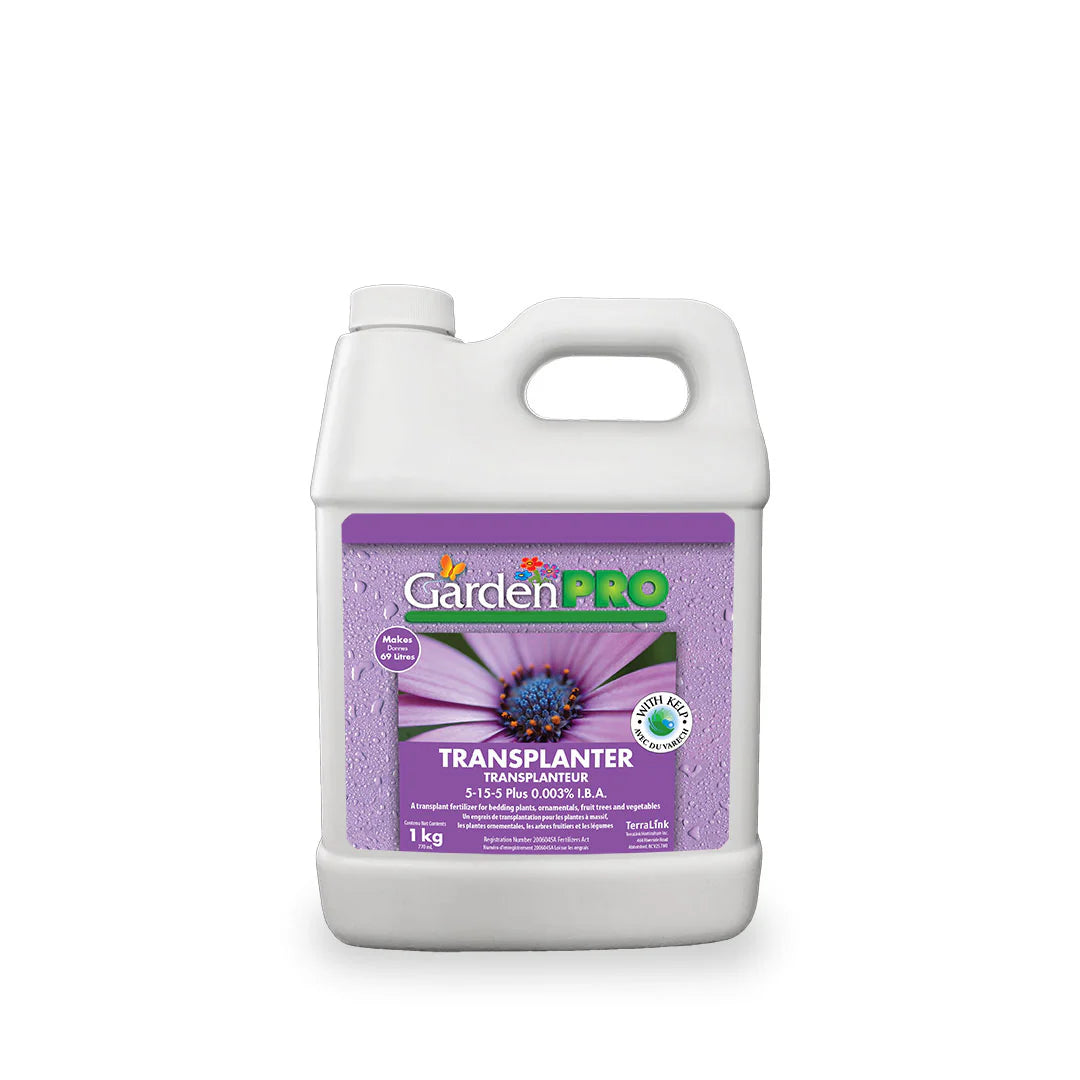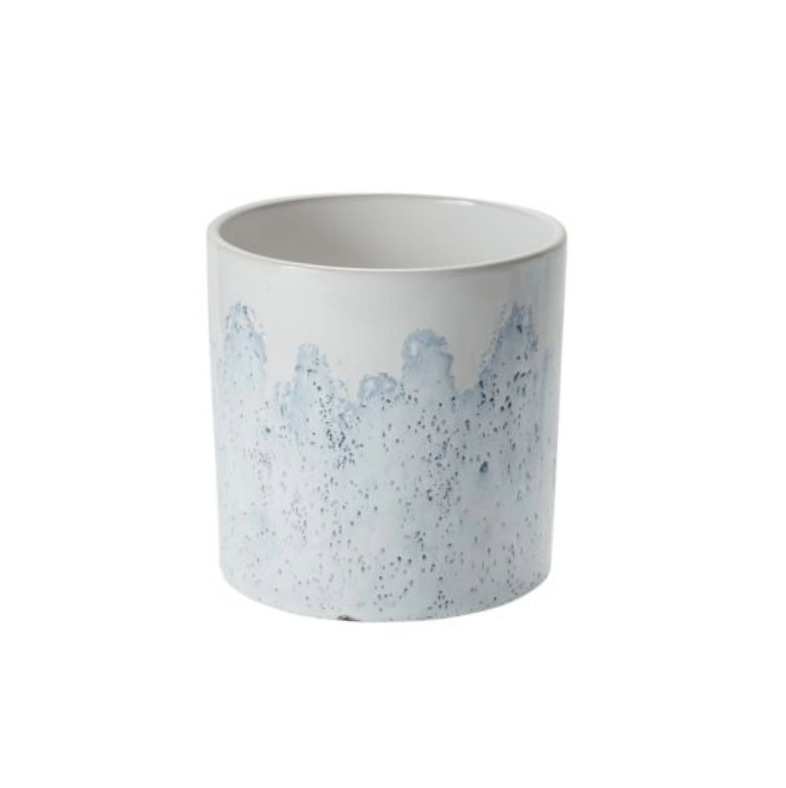657 products
657 products
Sort by:
Products
- All Natural Hardwood Lump CharcoalGreat for Smaller Kamado Grills like BGE Minimax, Kamado Joe Jr, Weber Kettle, Weber Smokey Mountain, Barrel Type Smokers and Grills
- Delicious Oaky Hardwood Smoked Flavor
- Lights quickly and burns hotter and longer
- Restaurant Quality
The pieces size in the 17.6LB bag is approximately: mostly medium: 70% of medium sized pieces of 2 to 3 inches, 30% 1 1/3 to 2 inches. Which is perfect for most Weber Kettles, Weber Smokey Mountain WSM, Barrel Grills, Gravity feeders etc. This is the perfectcharcoal for anyoccasionthat will producegreat tasting food.
Works well for direct and indirect grilling as well as smoking.
Burn time: 40-50hrs
Experience the cozy warmth of Freshly Baked Gingersnaps. Delight in the harmonious blend of ginger and cinnamon spices, perfectly married on a cookie sheet. Let this nostalgic aroma fill your space, invoking memories of homemade treats and festive gatherings.
Fragrance Notes:
Top: Lemon zest, cinnamon, clove leaf
Mid: Gingersnap accord, clove buds, cookie dough
Base: Steamy milk, vanilla, sugar.
Eucalyptus makes a beautiful addition to floral arrangements and is also striking as a stand-alone plant thanks to its beautiful blue-green leaves. The greenery is more than just a decorative piece, as the fragrant scent that fresh eucalyptus emits has aroma therapeutic properties that make it as beneficial as it is eye-catching. It has been shown to potentially reduce inflammation, improve respiratory health, and give energy levels a boost. One way to reap the benefits of eucalyptus is by hanging it in the shower. To do this attach your bunch above the shower head so the water is not directly hitting the eucalyptus. Enjoy.
Priced per Stem sold instore only! Mini Bundle great size for Wreaths!
Our all-natural biodegradable garden mulch has been specifically designed with the urban gardener in mind. Ideal for gardens, raised beds, containers & pots, planted with vegetables, herbs, fruit shrubs / trees and flowers. Garden Straw is made with 100% sustainably sourced wheat straw that conserves water, prevents weeds, improves soil health and protects your plants.
Palm & Tropical 9-3-9 is ideal for maintaining health and vigour in indoor and outdoor tropicals including hardy palms and bananas, citrus, cannas, bamboo, ferns, hibiscus, bougainvillaea, etc. Contains stabilized nitrogen for slow release, long-term nitrogen availability. With kelp and micronutrients.
GardenPRO Transplanter 5-15-5 Plus 0.003% I.B.A. is a combination fertilizer and root stimulator. Diluted with water and used at planting time it will encourage strong root development and reduce transplant shock for bedding plants, ornamentals, fruit trees and vegetables thus promoting green, vigorous plants.
Please note: we are currently having issues with the check out process for ordering gift cards online. Please contact us at 204-878-3420 and we can help you with the digital gift card!
Whether saying thank you to a friend, giving a gift, or apologizing to your better half. Our Gift Cards are highly versatile!
Can be redeemed in store and online on all products we offer. Cannot be redeemed on services.
Purchasing Online: After checkout you will receive an email containing a digital gift card in the form of a QR code with a 16 character code attached.
Purchasing In-Store: You will receive a physical gift card the same QR, and 16 character code. We can also provide an envelope upon request.
When shopping online use the 16 character code at checkout.
When shopping in person present the QR code at checkout
Golden Barrel Cactus (Echinocactus grusonii) is a striking and hardy indoor plant, characterized by its spherical shape, ribbed structure, and vibrant golden-yellow spines.
Light Requirement: Golden Barrel Cactus thrives in bright, direct sunlight. It requires at least 4 to 6 hours of direct sunlight daily to maintain its vibrant color and healthy growth.
Watering Requirement: Allow the soil to dry out completely between waterings. Water thoroughly but infrequently, ensuring the soil is well-draining. Overwatering can lead to root rot, so it's essential to avoid waterlogged conditions.
Mature Height: Typically reaching 1 to 3 feet (30 to 90 cm) in height and width, Golden Barrel Cactus grows slowly but can eventually become a stunning centerpiece in any indoor cactus collection.


